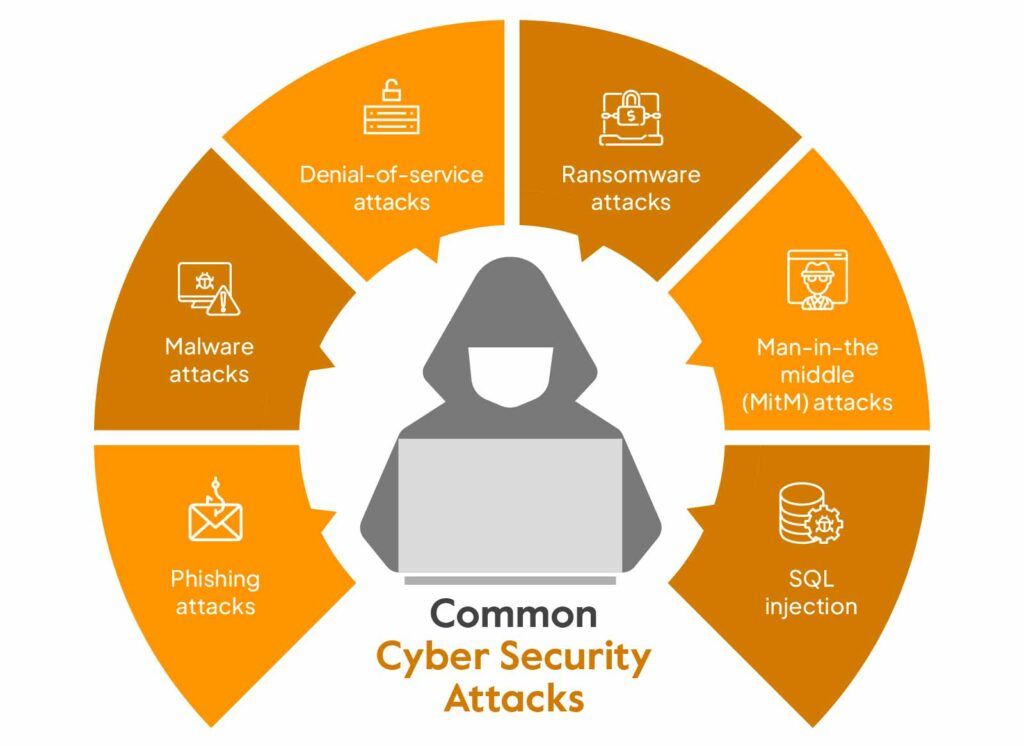The Role of Cybersecurity in the Modern Digital World
In today’s fast-paced digital world, the importance of cybersecurity cannot be understated. With the increasing reliance on technology for personal and professional use, the threat of cyber attacks has never been more prevalent. From large corporations to small businesses and individual users, everyone is vulnerable to cyber threats. This is where cybersecurity plays a crucial role in safeguarding sensitive information and protecting users from potential threats.
The Growing Importance of Cybersecurity
As technology continues to advance at a rapid pace, the need for robust cybersecurity measures has become increasingly critical. Cyber attacks are becoming more sophisticated and widespread, targeting everything from financial institutions to government agencies and healthcare providers. The consequences of a cyber attack can be devastating, leading to data breaches, financial loss, and reputational damage.
The Threat Landscape
The threat landscape in the digital world is constantly evolving, with cyber criminals finding new ways to exploit vulnerabilities in systems and networks. Hackers use a variety of tactics, such as malware, phishing, and ransomware, to gain unauthorized access to sensitive information. Without effective cybersecurity measures in place, organizations and individuals are at risk of falling victim to these cyber attacks.
The Role of Cybersecurity
Cybersecurity plays a crucial role in protecting systems, networks, and data from cyber threats. It encompasses a range of practices and technologies designed to prevent, detect, and respond to malicious activities. From firewalls and antivirus software to encryption and multi-factor authentication, there are numerous tools and techniques available to help secure digital assets.
Preventative Measures
One of the primary goals of cybersecurity is to prevent cyber attacks from occurring in the first place. This involves implementing security controls, such as access controls, network segmentation, and vulnerability management, to reduce the likelihood of a breach. By proactively identifying and addressing security weaknesses, organizations can minimize their exposure to potential threats.
Detecting and Responding to Threats
Despite best efforts to prevent cyber attacks, it is not always possible to eliminate the risk entirely. In the event of a security incident, the ability to detect and respond to threats quickly is essential. This requires continuous monitoring of systems and networks for suspicious activity, as well as having incident response plans in place to contain and mitigate the impact of a breach.
Securing Data and Privacy
With the increasing amount of sensitive information being stored and transmitted online, securing data and protecting user privacy has become a top priority for organizations. Encryption, data loss prevention, and privacy regulations, such as the General Data Protection Regulation (GDPR), play a critical role in safeguarding personal and confidential information from unauthorized access.
Conclusion
In conclusion, cybersecurity is a vital component of the modern digital world. As technology continues to advance and cyber threats proliferate, the need for robust cybersecurity measures has never been more important. By implementing preventative measures, detecting and responding to threats, and securing data and privacy, organizations and individuals can better protect themselves from the ever-present dangers of the cyber landscape. Remember, when it comes to cybersecurity, prevention is always better than cure.


